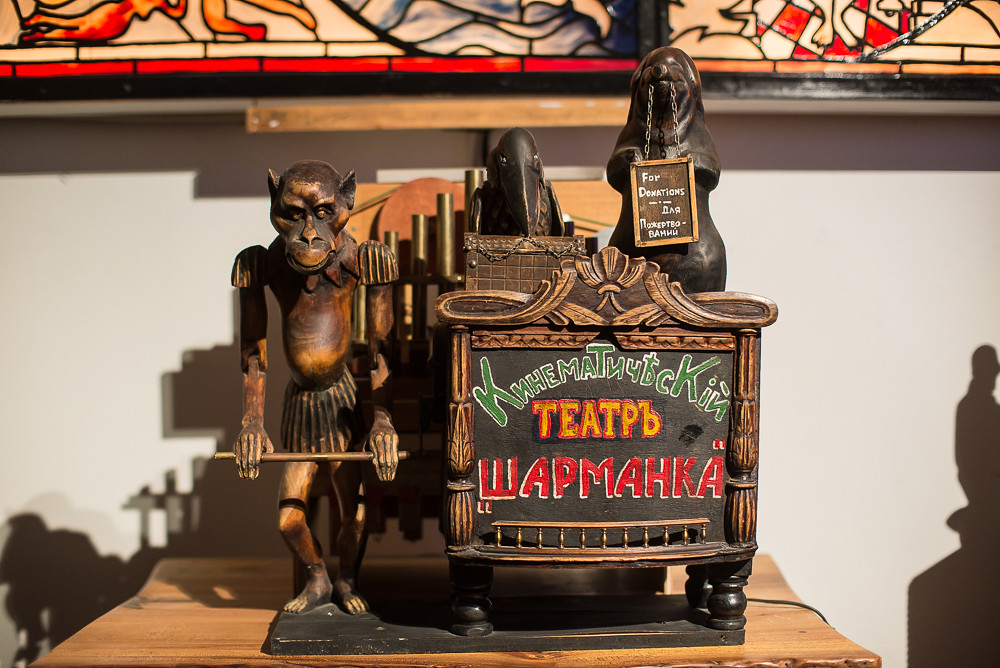...Somewhat more 'real' than that
of Danny Boyle's film...an altogether uglier, less glamorous
image of drug-taking and addiction than we may remember from
mid-nineties cinema.
Having gone through a slight cultural drought since the Fringe, I knew I would kick myself very hard indeed if I missed The Citz's recent production of Trainspotting. Leaving things till the last minute, as per, I managed to nab just about the last two seats for a Saturday matinée; all evening performances being completely sold out. Dubious as ever to drag my partner to the theatre (his being a musician as opposed to a thesp), at the risk that spending an uncharacteristically glorious Glasgow afternoon in a dark, crowded auditorium, watching a stage version of a book whose film adaptation he didn't particularly enjoy, might not be his idea of fun. Neither of us, however, were disappointed.
Not having read the book, I can't say how close or far this incarnation of Trainspotting was from the original. Several aspects, however, such as the political undertones surrounding Sectarian Scotland and The Troubles in Ireland do suggest that the stage version is more loyal to Welsh's writing. Another motif I enjoyed was the use of monologues - each character (Sick Boy, Begbie, Alison, etc) is creatively profiled by way of ten minute, one-to-one revelations to the audience; an intimacy we are not afforded in the film. The staging and scenography also seemed somewhat more 'real' than that of Danny Boyle's film. The famous toilet-diving and OD-ing sequences, for example, are largely naturalistic and without atmospheric Lou Reed and Blur overtures. This created an altogether uglier, less glamorous image of drug-taking and addiction than we may remember from mid-nineties cinema.
This production is not without its stylized moments, however; Renton's withdrawal-induced hallucinations manifesting in a grotesque game show in which his mother and Tommy appear as contestants, for example. This is also one of the ways in which the play deals with the topic of AIDS. I sincerely hope that this production tours, as it would be a shame not to share it with theatres nationwide. I'm glad, however, that Glasgow got the first look of Gareth Nicholls's masterpiece, and that it debuted in perhaps the most appropriate and deserving venue in the country.
Still hungry for artistic fodder, this week I also discovered one of
Glasgow's best kept secrets; the Sharmanka Kinetic Theatre. Slightly
belying its name, this exhibit is sort of a cross between visual art,
puppetry, and mechanical engineering, by artist Eduard Bersudsky. This
unique little world is hidden in a single room in Trongate 103; a centre
for contemporary arts next to the Tron Theatre. As soon as you enter,
there is an eerie feel of nostalgia and melancholy - created in part by
lighting and music - reminiscent of scenes from films such as Edward Scissorhands and Hugo.
It
is largely based on life in the Soviet Union, and heavily features
animal and human anatomic imagery (a group of hard-working rats riding a
giant mole, for instance). The automaton-type moving sculptures are made
from found and recycled objects such as Singer sewing machines, bells,
and old bikes. To say much more would be to ruin the performance, but again, the Kinetic Theatre is well worth a look, and captures an important era in a way you won't have seen before.

